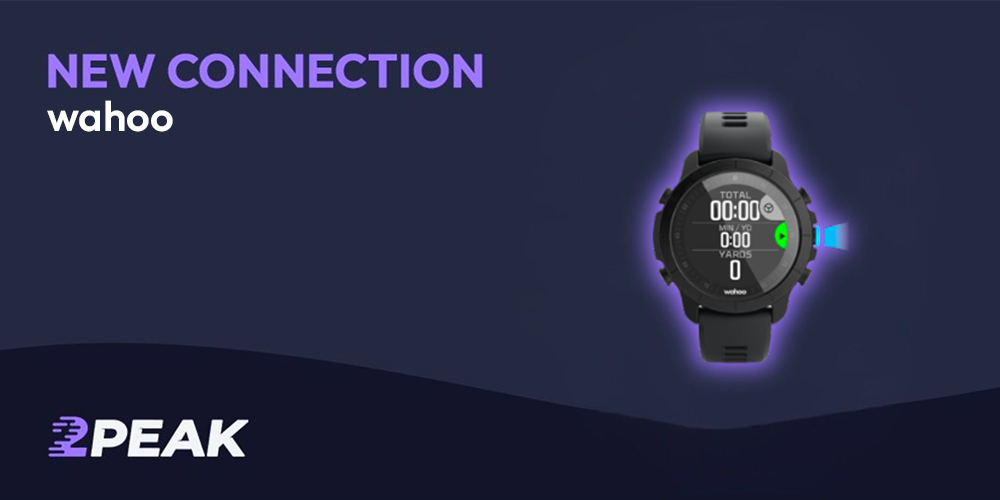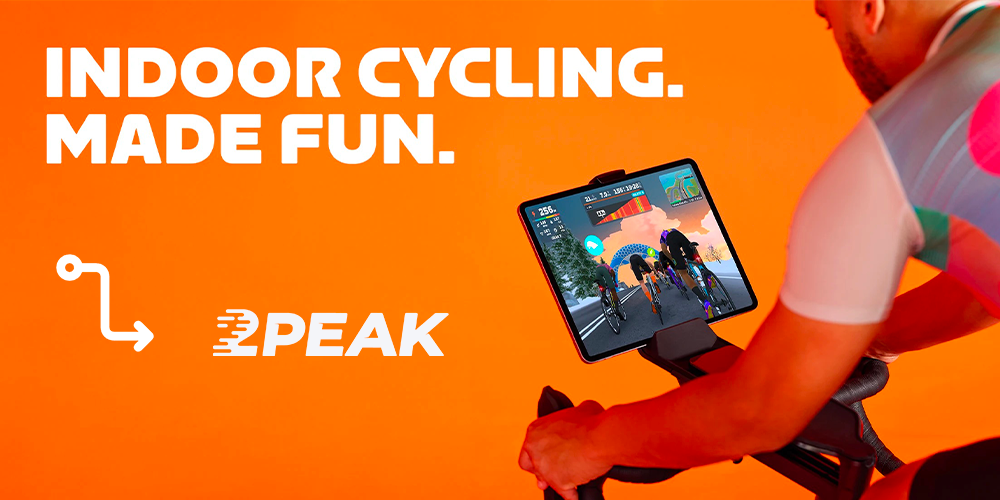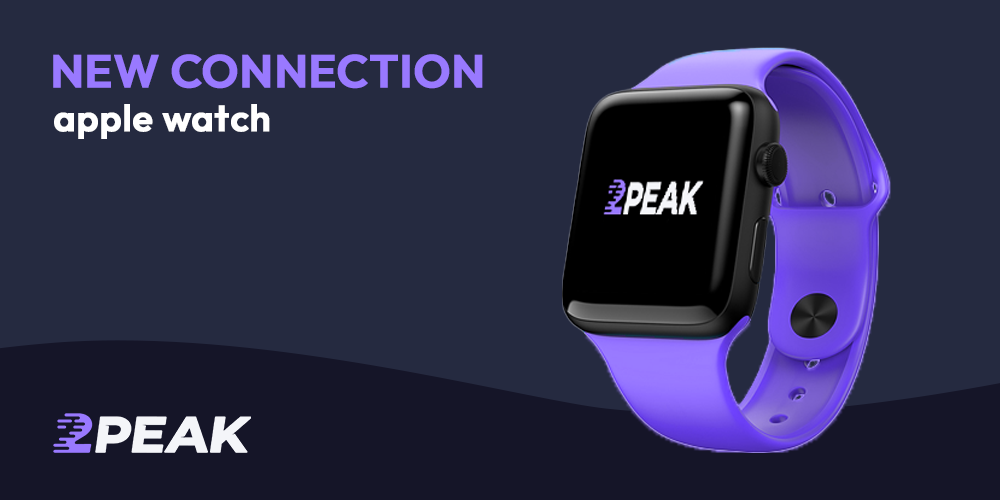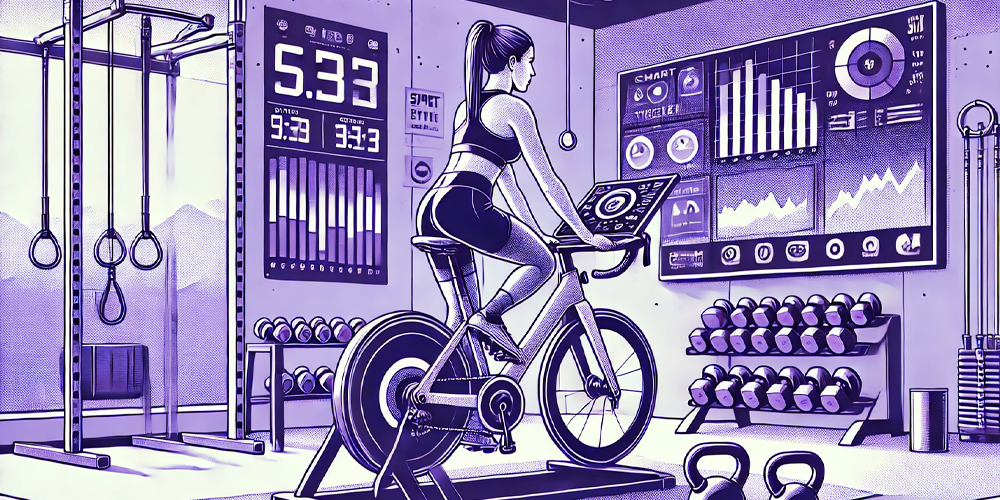The connection between 2PEAK and Wahoo is now more powerful and seamless than ever: with direct two-way sync, planned workouts are sent straight to your Wahoo device so you can complete them directly from your watch — and once done, your activities sync automatically back to 2PEAK – without any manual steps.









